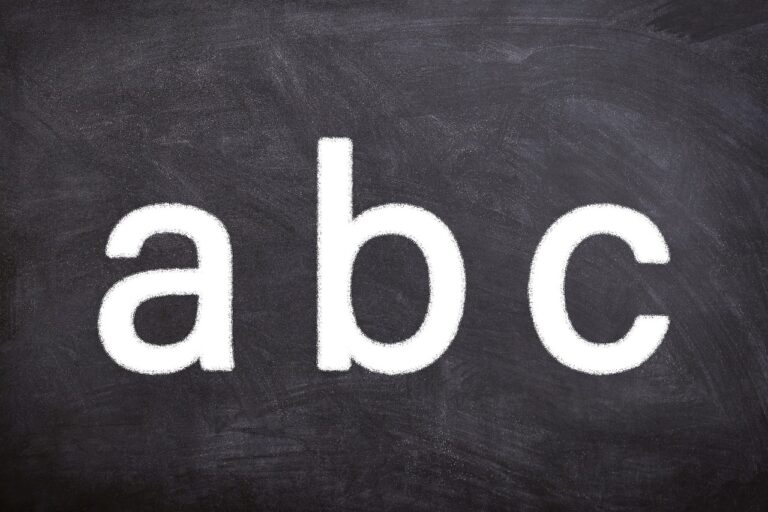Addressing Digital Literacy Gaps Among Teachers: Professional Development Strategies
Digital literacy is crucial for teachers in today’s technologically advanced world. With the integration of digital tools and resources in education, teachers must possess the necessary skills to navigate these platforms effectively. By being proficient in digital literacy, educators can enhance their teaching methods and engage students in meaningful and interactive learning experiences.
Moreover, digital literacy empowers teachers to stay current with the latest trends and developments in education technology. It enables them to adapt to new digital tools and platforms, fostering a dynamic learning environment for their students. Additionally, possessing digital literacy skills allows teachers to effectively communicate and collaborate with colleagues, parents, and students using various online channels, ultimately improving the overall educational experience.
• Digital literacy enhances teaching methods and engages students in interactive learning experiences
• Helps teachers stay current with the latest trends in education technology
• Enables adaptation to new digital tools and platforms for a dynamic learning environment
• Facilitates effective communication and collaboration with colleagues, parents, and students using online channels
Identifying Common Digital Literacy Gaps Among Teachers
In today’s rapidly evolving technological landscape, it is becoming increasingly crucial for educators to possess adequate digital literacy skills to effectively navigate the digital realm. However, many teachers still struggle with common digital literacy gaps that hinder their ability to incorporate technology seamlessly into their teaching practices.
One prevalent gap among teachers is a lack of proficiency in utilizing educational software and digital tools to enhance student learning experiences. This gap often stems from a lack of training or exposure to digital tools, leading to inefficiencies in lesson planning and delivery. Additionally, many educators struggle with integrating multimedia resources into their teaching, which can limit their ability to engage students effectively and cater to diverse learning styles.
Understanding the Impact of Digital Literacy Gaps on Teaching
As teachers navigate an increasingly digital world, the impact of digital literacy gaps on their ability to effectively engage students cannot be overlooked. Without a solid grasp of digital tools and resources, educators may struggle to create dynamic and interactive learning experiences for their students. This can result in a lack of student engagement, hindered academic progress, and ultimately, a disconnection between teachers and the modern learning environment.
Moreover, digital literacy gaps among teachers can lead to disparities in educational quality and outcomes. Teachers who are proficient in utilizing digital technologies can tailor their instruction to meet the diverse needs of students, fostering a more inclusive and engaging learning environment. On the contrary, educators facing digital literacy gaps may find themselves limited in their ability to provide equitable opportunities for all students, potentially widening the achievement gap in the classroom.
Why is digital literacy important for teachers?
Digital literacy is essential for teachers as it allows them to effectively incorporate technology into their teaching methods, engage students through digital resources, and stay updated on the latest educational tools and platforms.
What are some common digital literacy gaps among teachers?
Some common digital literacy gaps among teachers include lack of understanding of digital tools and platforms, limited knowledge of online safety and privacy concerns, and resistance to incorporating technology into their teaching practices.
How do digital literacy gaps impact teaching?
Digital literacy gaps can impact teaching by hindering teachers’ ability to effectively utilize technology in the classroom, limiting their communication with students through digital channels, and impeding their professional growth in the rapidly evolving field of education.
What are some strategies for addressing digital literacy gaps among teachers?
Some strategies for addressing digital literacy gaps among teachers include providing professional development opportunities on digital tools and platforms, encouraging collaboration and peer learning, and fostering a culture of continuous learning and adaptation to new technologies.
How can teachers improve their digital literacy skills?
Teachers can improve their digital literacy skills by actively seeking out training and resources on digital tools and platforms, experimenting with incorporating technology into their teaching practices, and seeking feedback and support from colleagues and mentors.







